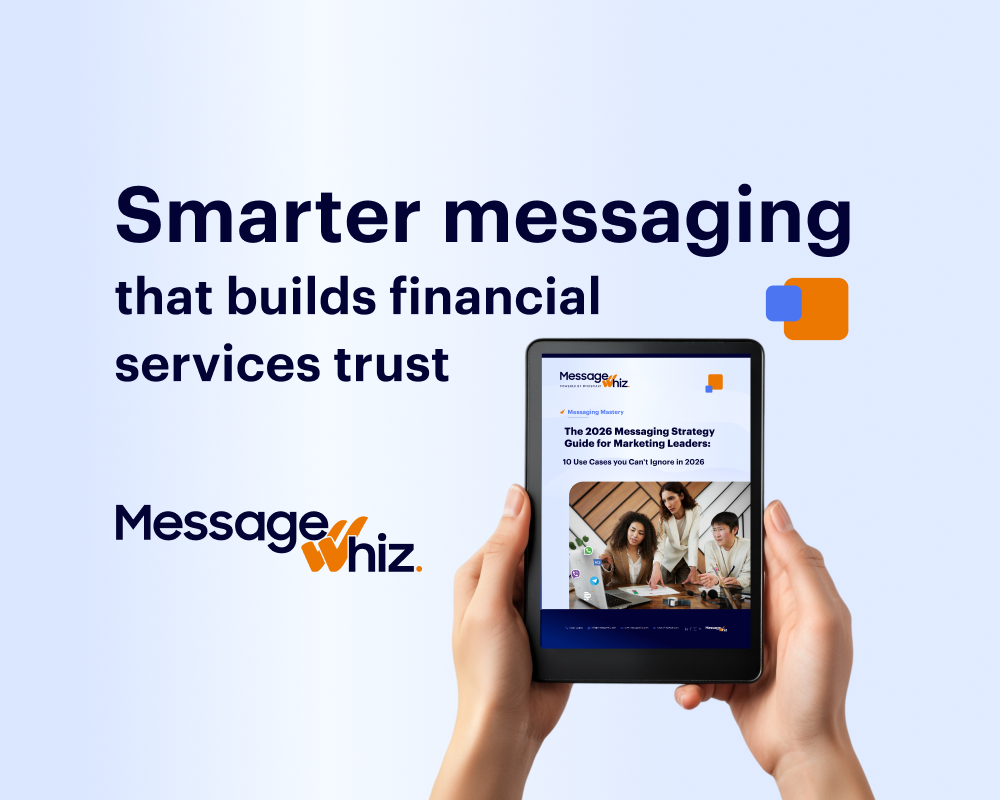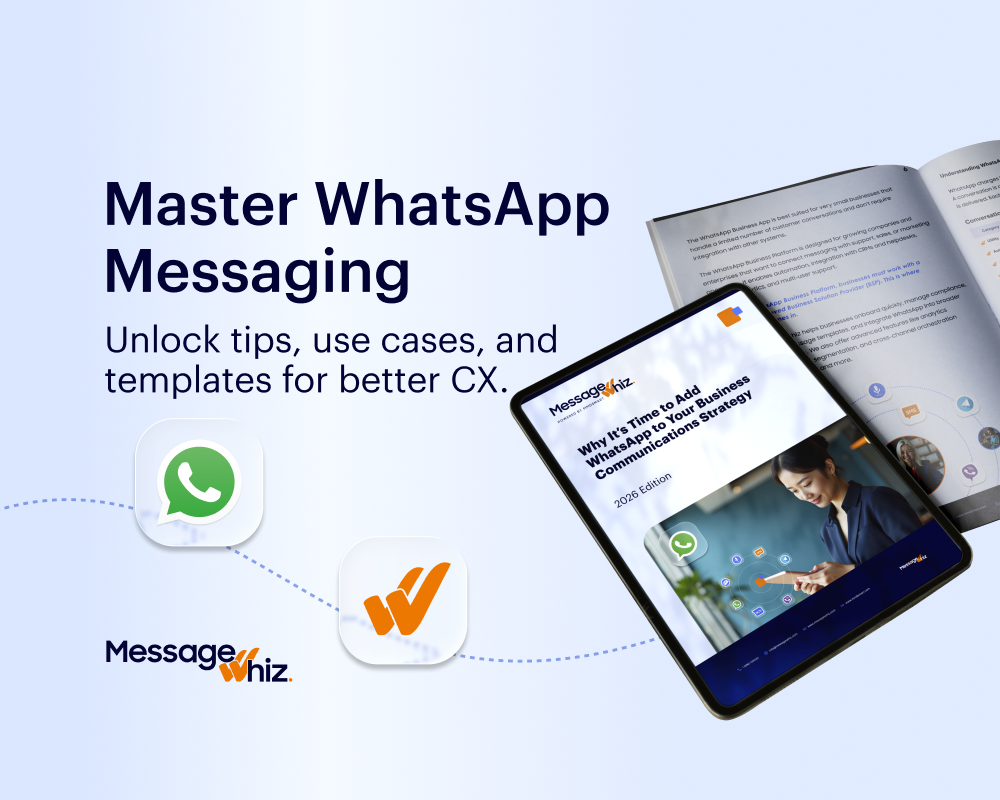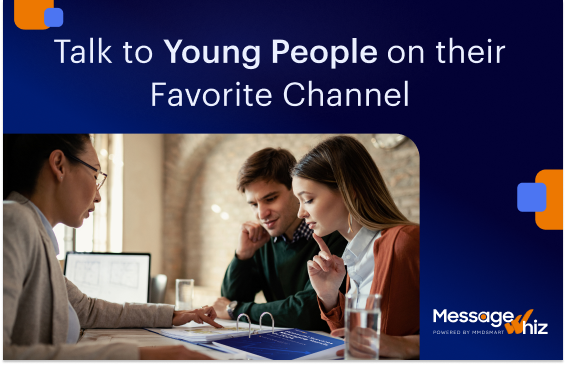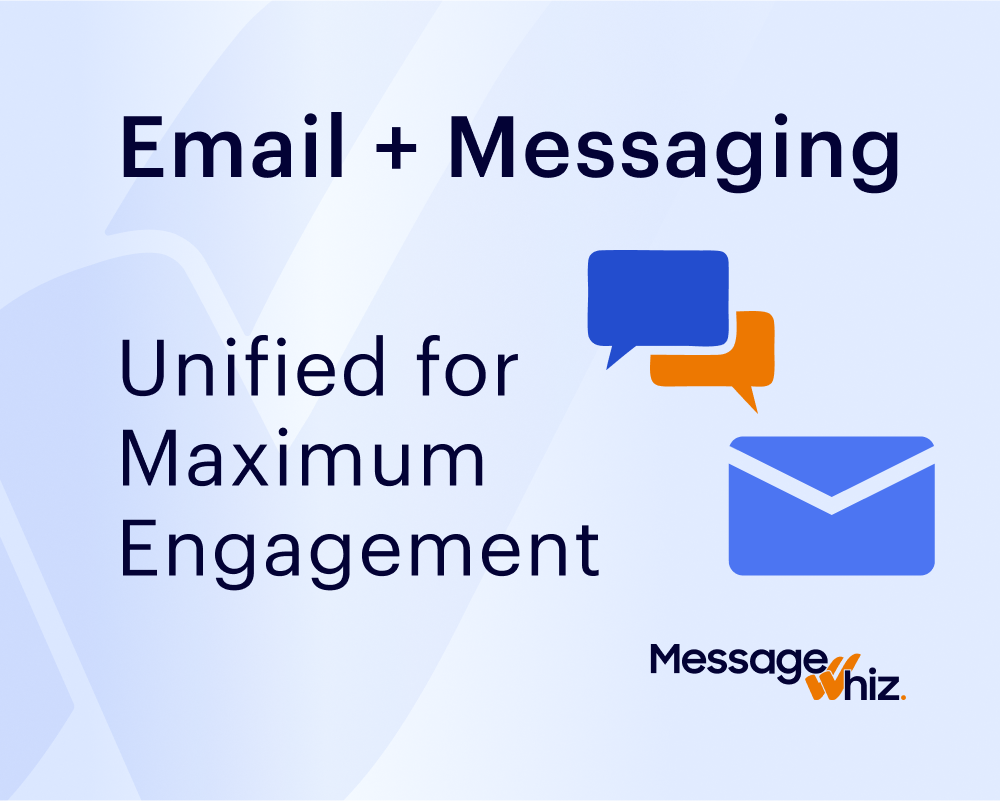How Does SMS Help Universities?
Effective communication is crucial for any educational institution’s success, making SMS a strategic advantage for universities and colleges. Higher education institutions are constantly seeking innovative ways to leverage their student databased to engage and connect with their students. Such targeted outreach ultimately optimizes the entire student journey, from recruitment to alumni relations.
SMS, or Short Message Service, has become a highly effective and cost-efficient tool that has emerged in the past few decades. With widespread mobile smartphone use and accessibility, SMS in schools and higher education provides institutions with a direct and immediate channel to communicate important information, engage students, and enhance overall campus experiences. It can also be used to send mass notifications or messages to individuals.
There are a number of benefits to using SMS as a communication tool in higher education, which can be sent via CRM or student management software.
1. Instant and Direct Communication
University life extends well beyond the classroom, and SMS plays a key role in building campus engagement. Text messages drive awareness for open houses, club events, guest lectures, and orientation sessions in ways email simply can’t.
SMS offers colleges and universities a direct line of communication with students. Unlike emails or other forms of digital communication, SMS messages are received and read almost immediately. In fact, bulk SMS for universities allows institutions to send coordinated messages to thousands at once—without sacrificing personalization.
This instant communication is particularly beneficial for time-sensitive announcements such as deadline reminders, class cancellations, or emergency alerts. By leveraging SMS, institutions can ensure that critical information reaches students promptly, reducing the chances of missed deadlines or confusion.
2. High Open and Response Rates
One of the key advantages of SMS communication is its high open and response rates. Studies have shown that the open rate for SMS messages is significantly higher than that of emails, with almost 98% of SMS messages being read within minutes of delivery.
Unlike email invites that go unread or mobile apps that students don’t check, SMS guarantees visibility. Mass texting for universities ensures students know when and where events are happening—and by including links, universities can even track RSVPs or last-minute changes in real-time.
Furthermore, response rates for SMS messages also tend to be higher compared to other communication channels. This means that institutions can rely on SMS to effectively engage with students and encourage them to take action, such as participating in surveys, registering for events, or completing important administrative tasks.
3. Cost-Effective Solution
Colleges and universities often face budget constraints when it comes to implementing communication strategies. SMS provides a cost-effective solution compared to traditional methods such as printed materialsor phone calls. With SMS, institutions can reach a large number of students simultaneously, reducing both printing and postage costs.
Additionally, the use of SMS communications with students eliminates the need for physical infrastructure or additional staffing, making it an affordable option for institutions of all sizes. By reallocating resources previously spent on traditional communication methods, colleges and universities can invest in other critical areas.
Find out more ways to use SMS services in schools and education.
4. Personalized and Targeted Messaging
SMS messaging students allows institutions to deliver personalized and targeted messages to individuals or specific groups. With the ability to segment the student population based on factors such as major, year of study, or campus location, institutions can tailor messages to address specific needs or interests.
At-risk students often disengage quietly. But sms software for universities gives advisors a scalable way to check in and intervene before it’s too late. Whether it’s a reminder to meet with an academic counselor or a simple nudge to submit financial aid documents, SMS can help institutions maintain one-on-one connections without adding to advisor workloads.
Personalized messages—using first names, course codes, or faculty names—feel more authentic and are more likely to spark a response than generic emails or app notifications.
This personalized approach enhances student engagement and makes the communication more relevant and meaningful. Whether it’s reminders about upcoming career fairs for specific majors or announcements about campus events for residential students, SMS ensures that the right information reaches the right students at the right time.
Check out SMS templates for schools and teachers to use to communcate faster with their students.
5. Enhancing Student Engagement
Engaging students beyond the classroom is a priority for colleges and universities. SMS can be utilized to foster a sense of community and involvement on campus. By sending regular updates about extracurricular activities, clubs, sports events, or volunteer opportunities, institutions can encourage student participation and create a vibrant campus culture.
SMS can also serve as a valuable tool for academic advisors to connect with students, offering guidance, reminders, and resources for academic success. By leveraging SMS to enhance student engagement, colleges and universities can create a more vibrant and fulfilling educational experience.
SMS isn’t just a one-way communication tool—it’s interactive. Universities can use shortcodes or keywords like “Reply YES to attend” or “Rate from 1–5” to collect feedback in seconds. Whether measuring satisfaction with online classes or gathering student ideas for new clubs, SMS offers low-friction engagement.
With engagement rates topping 45%, SMS for higher education becomes a powerful tool for building data-driven insights about student preferences and needs.
6. Enhance Administrative Communication
Beyond academics and events, SMS supports daily campus operations. Registrar’s office notices, tuition payment reminders, dorm assignments, or internship application deadlines—all can be communicated quickly and clearly.
Administrators use SMS software for universities to improve coordination between staff and students. With scheduling tools and automation, repetitive communication becomes seamless, ensuring nothing falls through the cracks.
Get Started With SMS in Higher Ed
In 2025, where effective communication is vital, SMS still stands out as a cost-effective and efficient tool for colleges and universities. Its instant delivery, high open and response rates, affordability, personalization, and potential for student engagement make SMS an essential component of any comprehensive communication strategy. By embracing SMS, educational institutions can ensure seamless communication and strengthen their connection with students, ultimately enhancing the overall student experience.
FAQs on SMS in Higher Education
1. What is SMS for universities and how is it used?
SMS for universities refers to using text messaging as a communication tool between institutions and students. It’s used to send important alerts, academic reminders, event invites, emergency updates, and personalized messages. Universities integrate SMS into their CRM or student management systems for large-scale, automated outreach.
2. Why is SMS more effective than email for university communication?
SMS has a 98% open rate, while emails often go unread or land in spam folders. University SMS ensures urgent updates—like class cancellations or tuition reminders—reach students instantly. There’s no need to log into an account or download an app, making it a faster, more direct method than email.
3. What types of messages can be sent using SMS software for universities?
SMS software for universities supports academic alerts, event announcements, surveys, emergency broadcasts, personalized nudges, and more. These platforms often include message templates, scheduling tools, and student segmentation features for effective targeting.
4. Is bulk SMS for universities secure and compliant with regulations?
Yes, reputable bulk SMS providers for higher education offer secure, compliant platforms. They support opt-in/opt-out functionality, message logging, and data protection in line with FERPA, GDPR, and other regional standards.
5. Can SMS help with student retention in higher education?
Absolutely. Universities use SMS to reach at-risk students with personalized messages, check-ins, and reminders. These timely nudges help keep students engaged and supported, which directly improves retention and academic outcomes.
6. How do universities send SMS to thousands of students at once?
With bulk SMS for universities, institutions use centralized platforms that integrate with their SIS or CRM. Administrators can schedule and send messages to specific student groups or entire campuses instantly, all from a single dashboard.
7. What are the benefits of using SMS software over traditional communication tools?
Compared to email, flyers, or phone calls, SMS software offers faster delivery, higher visibility, and real-time engagement. It reduces manual effort with automation features, ensures consistent messaging, and reaches students directly on their mobile devices.
8. How do universities personalize SMS messages for students?
Using SMS software, schools can insert dynamic fields like student names, course names, or departments into texts. Combined with segmentation features, universities can tailor messages based on a student’s major, year, or location—creating more relevant, engaging outreach.
9. What kind of feedback or interaction can be gathered through SMS in higher education?
SMS enables two-way communication through quick polls, satisfaction surveys, RSVP confirmations, and Q&A replies. It allows institutions to collect insights without requiring students to download apps or fill out long forms.
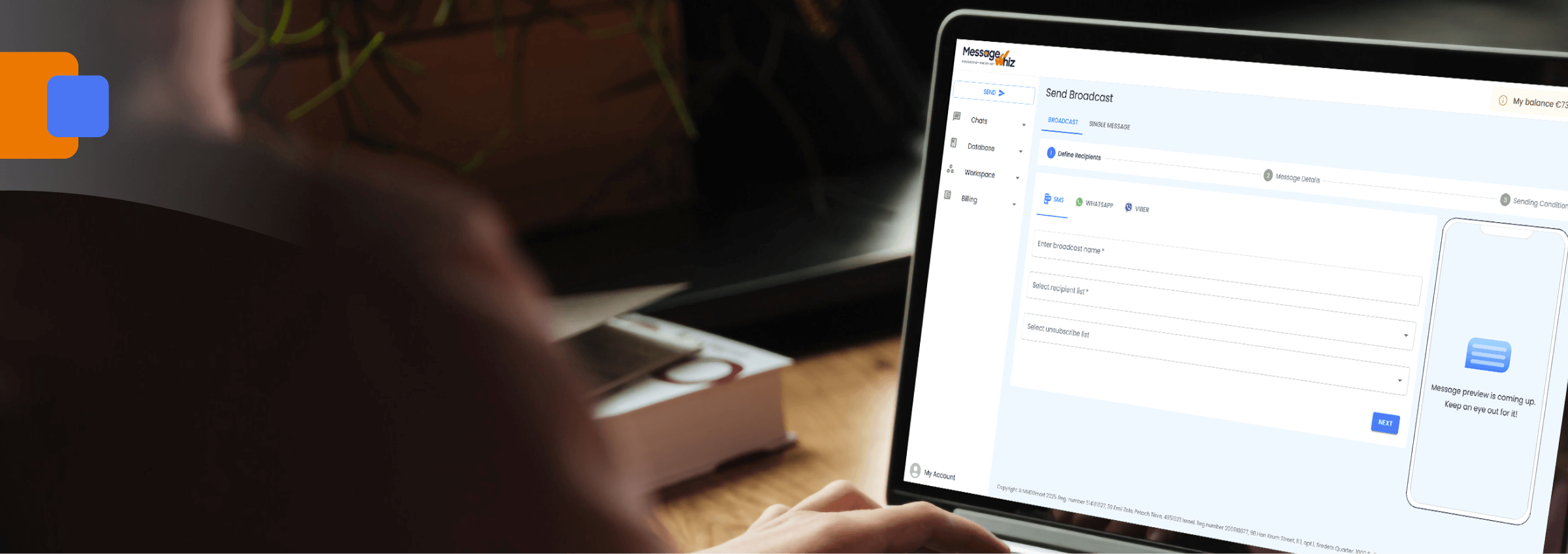

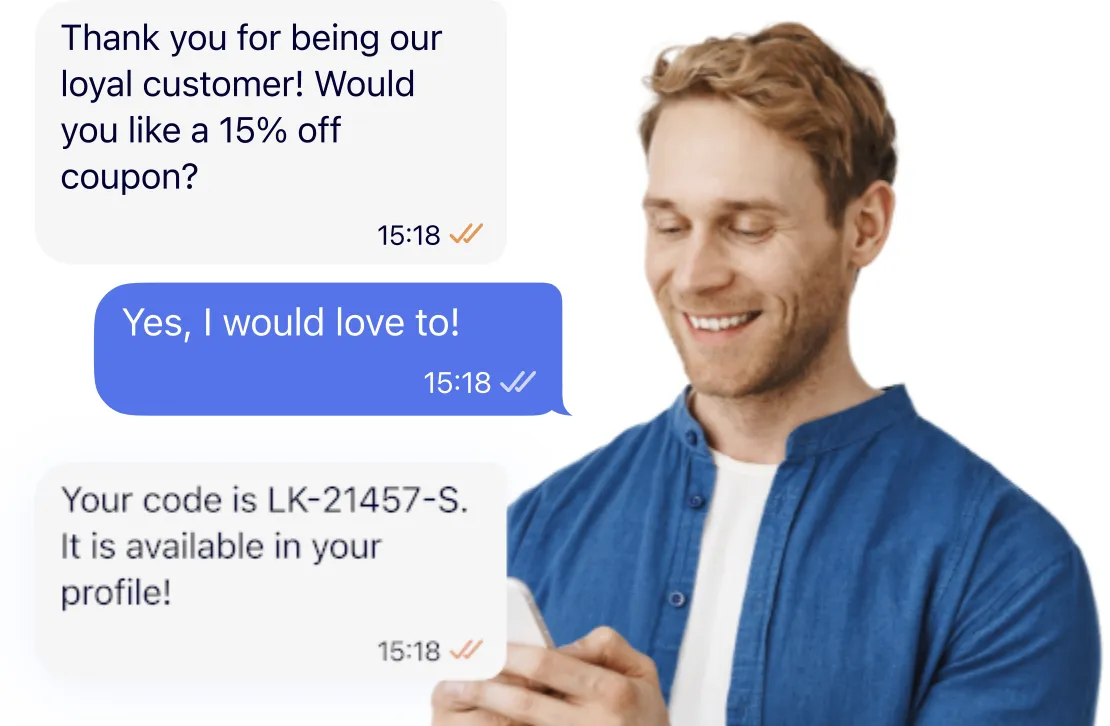
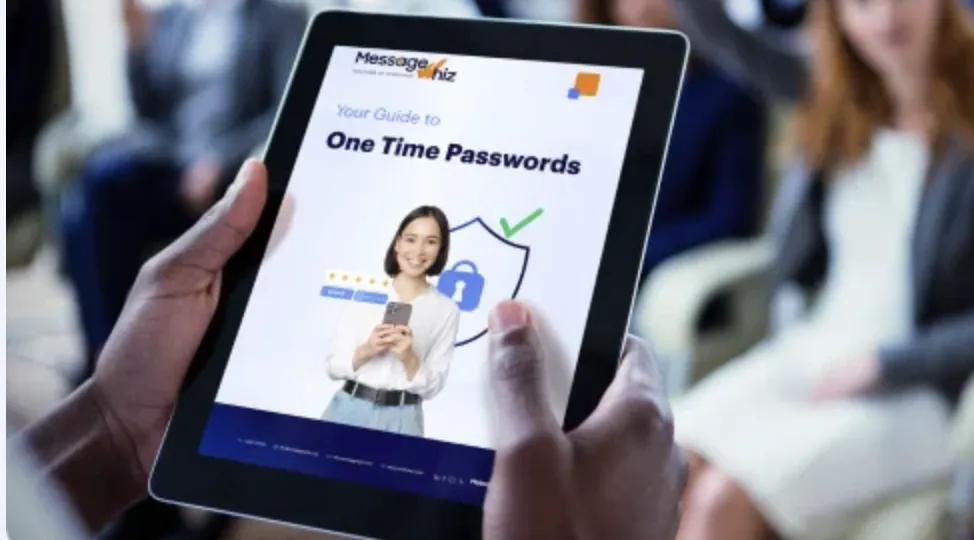
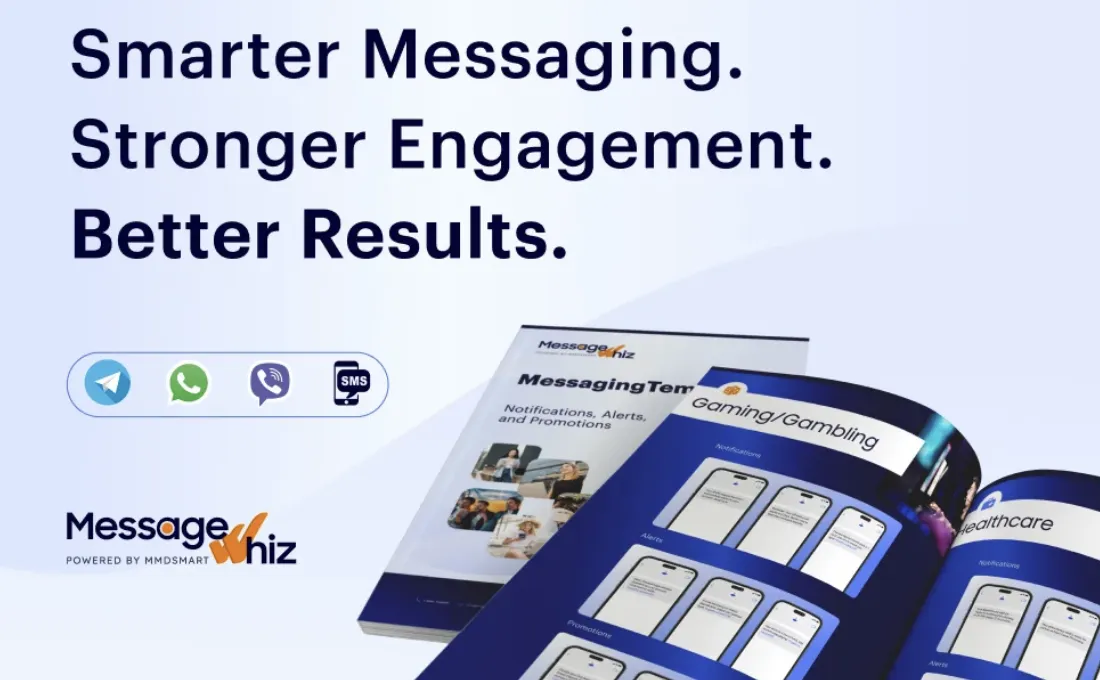
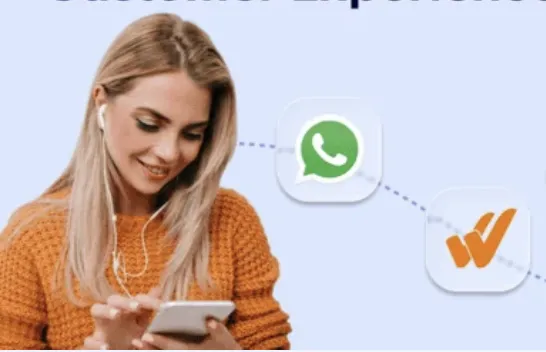
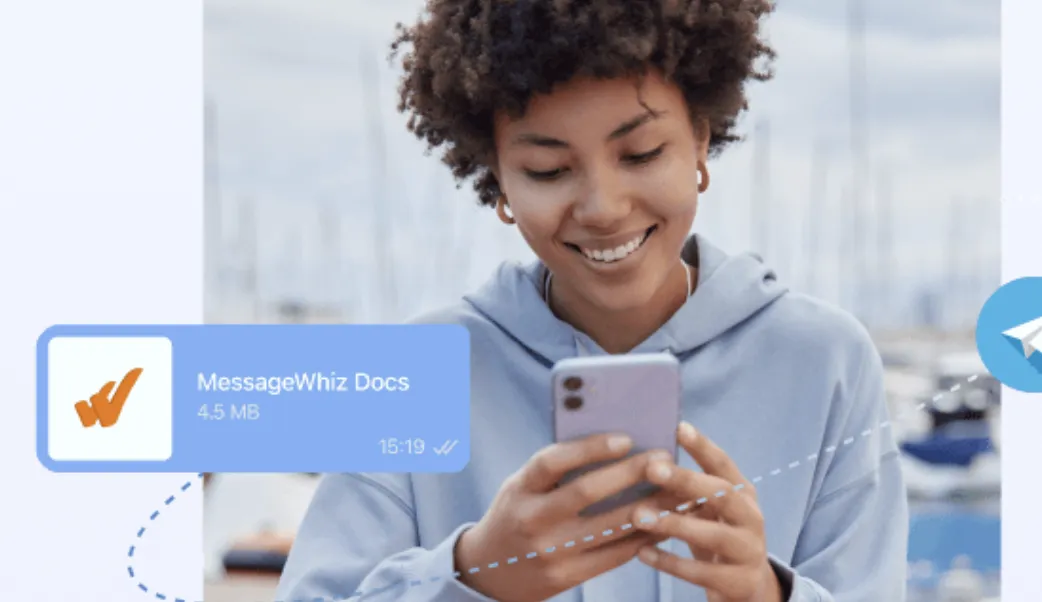
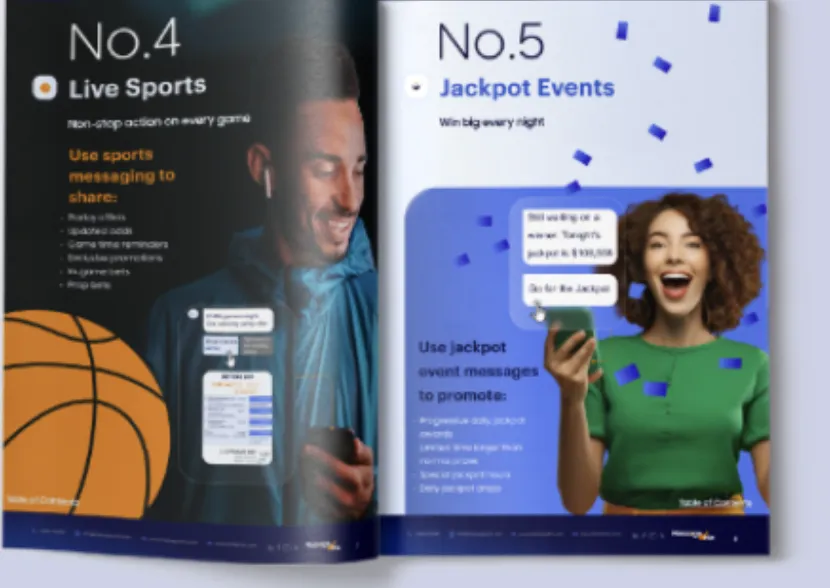
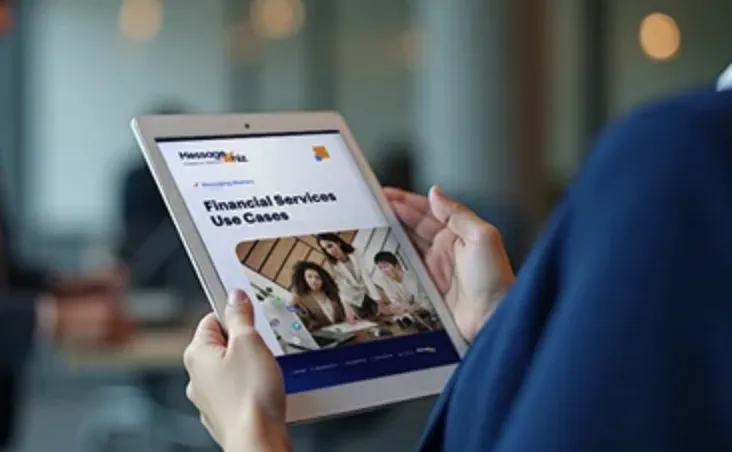
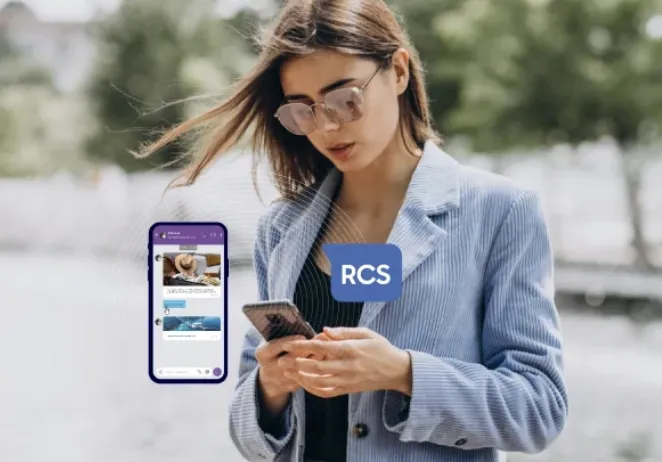











![10 SMS Marketing Services Compared [2026 Guide] | Message Whiz blog image](https://messagewhiz.com/wp-content/uploads/2025/11/smiling-woman-holding-smartphone-remixed-media-2.jpg)




